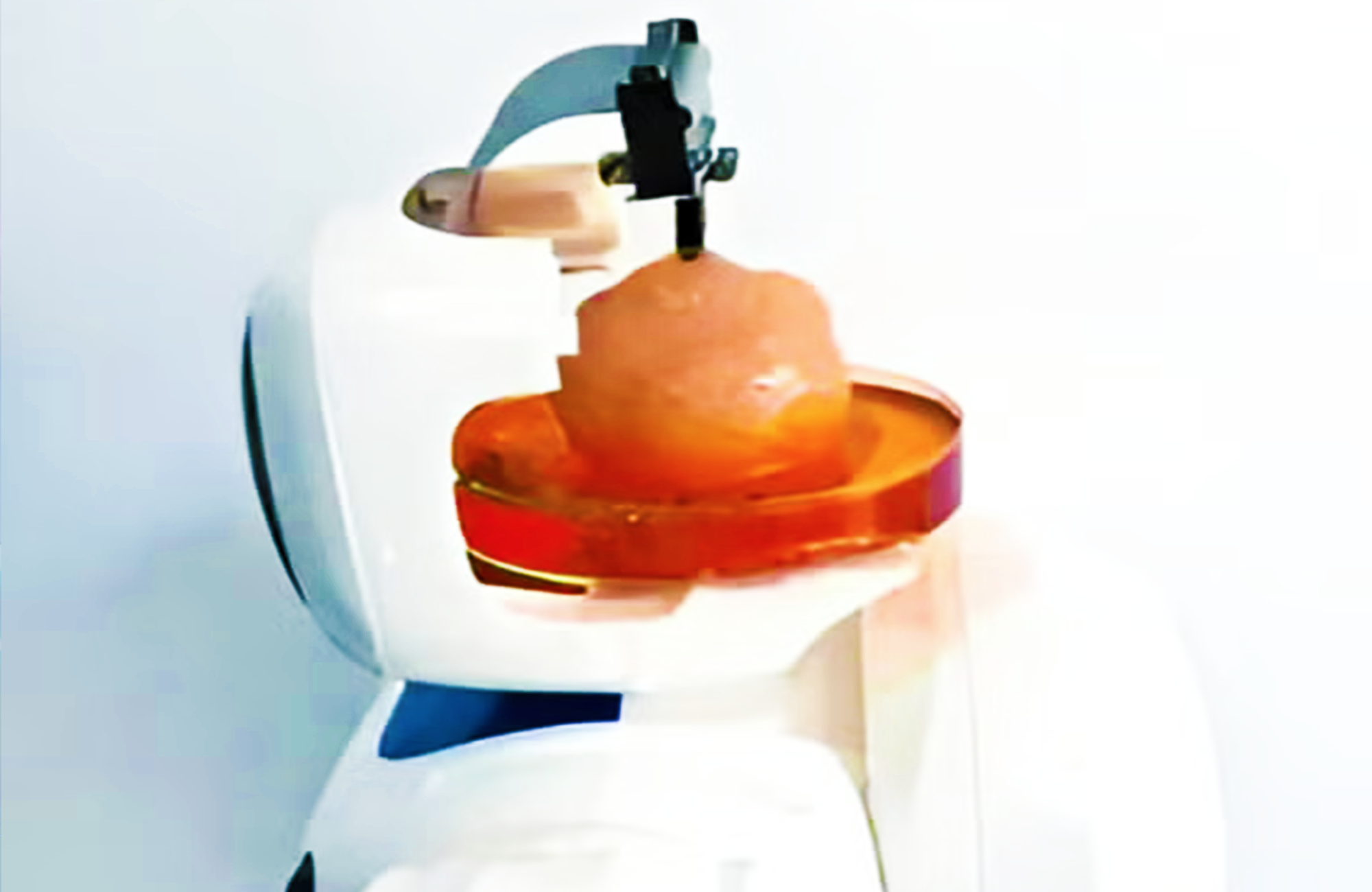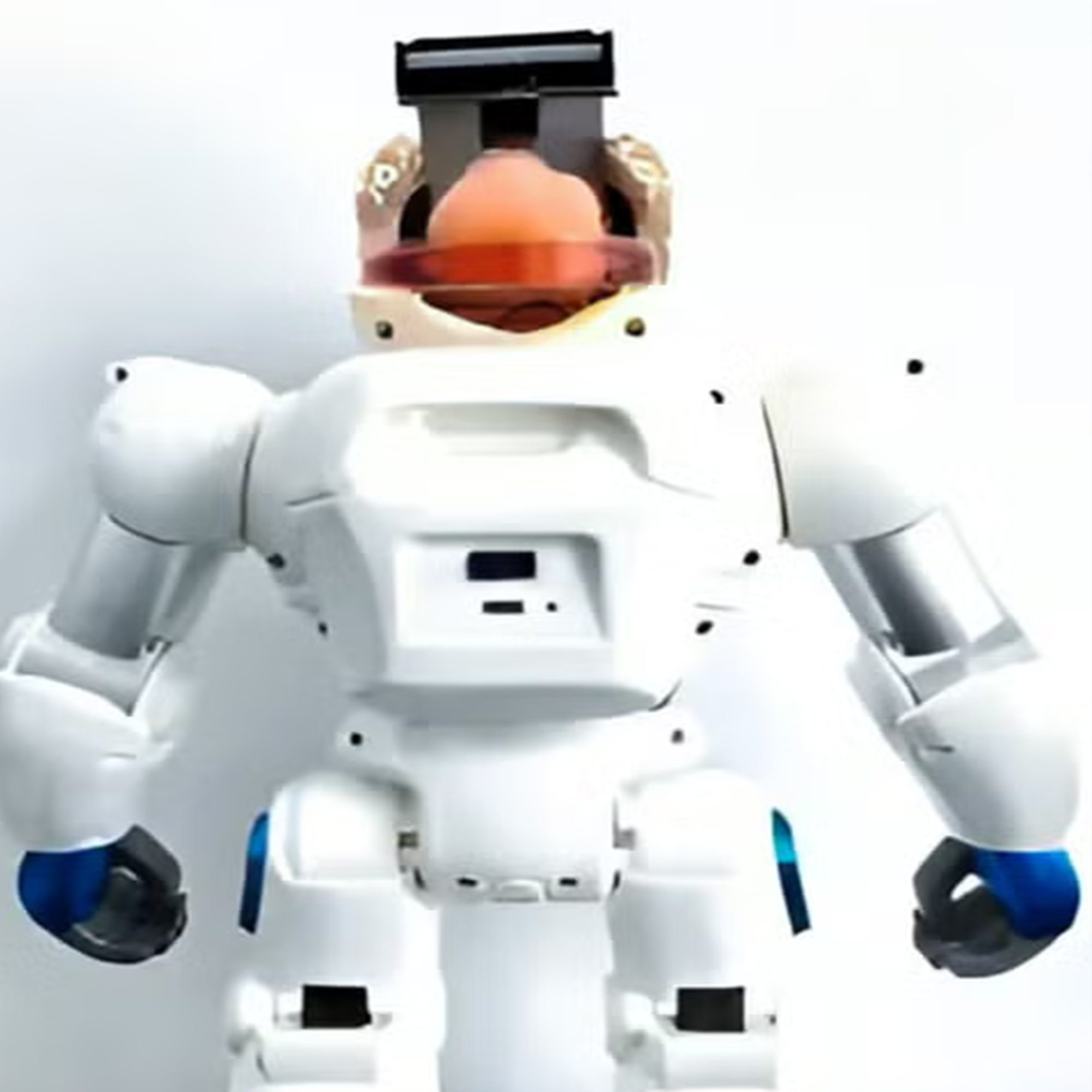Robot with Human Brain Tissue Learns to Use Arms
Human brain tissue is integrated with robot teaches a robot the use of its arms.
The field of robotics shall enter into a revolutionary phase soon by adopting human brain tissue in robotic systems. Researchers have just made a breakthrough in which a robot learned to use its arms that were fitted with human brain cells. This has opened up huge new avenues in both robotics and neuroscience, both of which are as yet uncharted.
The Human Brain Tissue
1. The Idea
The underlying concept behind this futuristic project will simply revolve around making robots more intelligent by conducting integration with human brain tissues. What specifically this means is the kind of learning and adaptation till now considered impossible will be possible with the robot’s performance after its integration with a human brain cell.
2. How It Works
It involves culturing human brain cells and introducing them into the control system. The human brain cells cultured begin to form neural networks that enable the robot to process information—in its case, learn from its environment—much as would be expected from the human brain.
Learning to Use Arms
1. Initial Training
The whole process involves a number of exercises to train the learning of arm use by the robot. First, these are simple movements and driven by instructions from the programs. However, with the campaign of the human brain tissue adapting and making its own connections, the robot begins learning independently and polishing the movements.
2. Autonomous Learning
The real revolution is in the self-learning ability of the robot. Incorporated brain tissue, through appropriate wiring and interfacing, makes processing of information from sensors possible for the robot to handle decisions and learn from experiences to improve arm movements. Learning and adaptation, unprecedented in this field, ensue.
Benefits and Implications
1. Greater capabilities of robots
Integrated with human brain tissue, it would increase the potential of a robot’s capabilities. This means that the learning and adaptive autonomy will enable the robots to do more complex things with a higher degree of precision and efficiency. These have enormous potential applications in industries such as manufacturing, health, and even space exploration.
2. The advancement of neuroscience
This can also aid in the knowledge development in neuroscience fields. Studying the interconnectivity of human brain tissue and robotic systems have provided valuable insights into brain functioning and neural plasticity. It provides new ways to study neurological disorders and new treatments.
Implications
1. Quotes by the Researchers
Experts were thrilled with what these technologies could do. According to Dr. Sarah Thompson, a neuroscientist at the very front of this project, “This integration of human brain tissue into robotics is a landmark step forward—enhancing not only robotic capabilities but providing an extraordinary platform for understanding the brain.”
2. Ethical Considerations
First and foremost, as with any revolutionary technology, come the ethical concerns. The use of human brain tissue begs questions regarding how biological material ought to be treated and what it means to create thinking machines so similar to humans. Discussion in the future, framed by regulations, will be inevitable in taking these challenges responsibly.

Future Directions
1. Further R&D
This success in the project paves the way for follow-on continuous research and development. Further efforts on perfecting the integration process, refining the learning ability of the robot itself, and finding new applications with the technology shall be made.
2. Expanding Applications
As the technology gets further matured, the applications will definitely extend beyond the currently addressed industries. Heightened research into prosthetics, personalized robotics for disabled people, and even exploring human-robot symbiosis in daily life are some of the future applications of this emerging technology.
Conclusion
Implantation of human brain tissue in robotic systems is the next step in robotics evolution. This could transform industries and further research into the human brain, allowing the transfer of learning, adapting robots that will go out and learn autonomously. Further development possibilities in innovation and new discoveries are endless as research continues.
Keep checking back for further updates of how this new revolutionary technology shapes the future of robotics and brain science!
— Dr. Sarah Thompson, Neuroengineer

Integrating human brain tissue with robotic
systems offers unprecedented insights into neural
processing and motor control.




